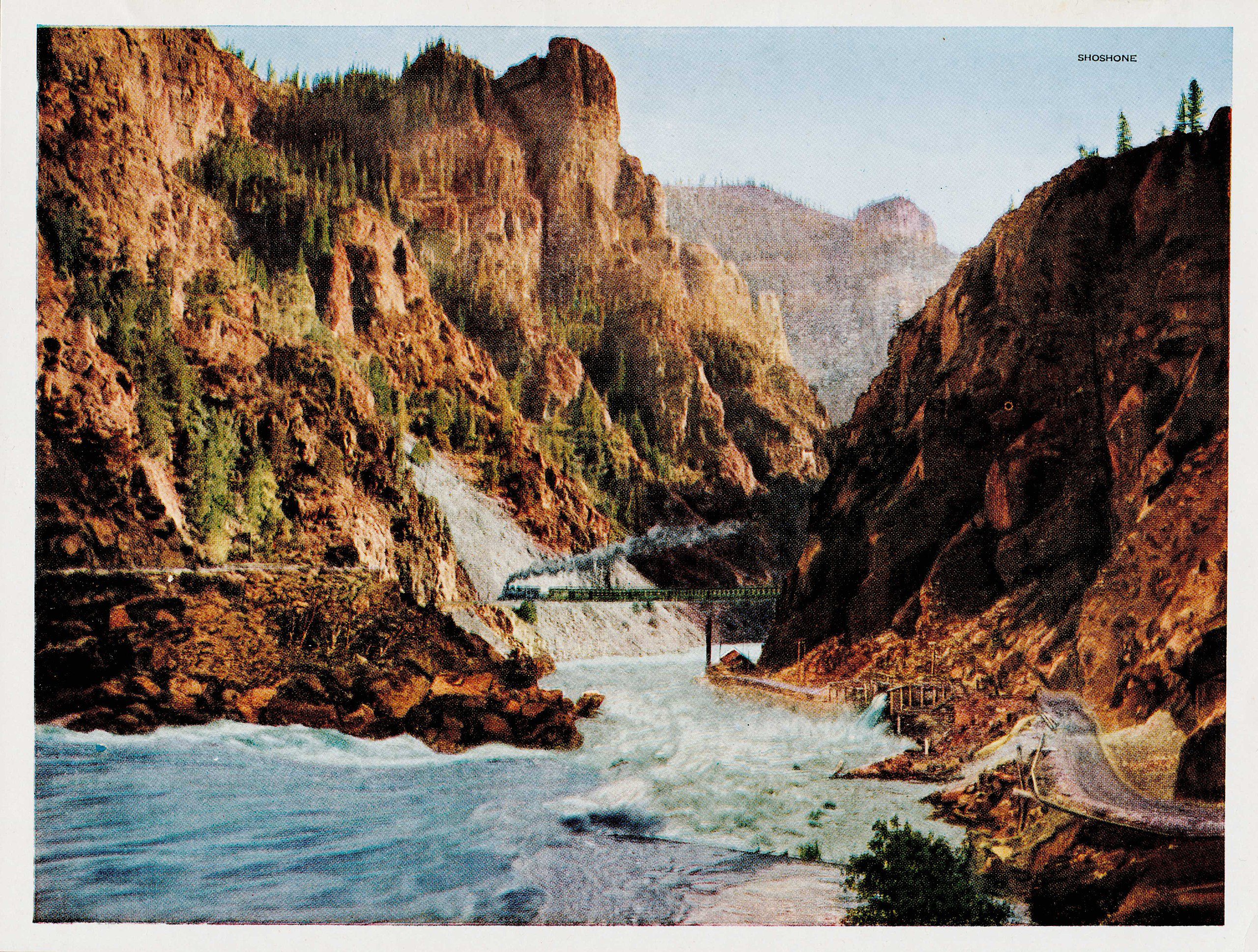- Northern Colorado Water voices concerns over the Shoshone Water Rights deal.
- Proposed instream flow of 1,408 cfs criticized as unrealistic and excessive.
- Potential impacts on endangered fish recovery and water storage pools highlighted.
September 13, 2024 — In December 2023, the Colorado River Water Conservation District, alongside several Western Slope groups, spearheaded a $99 million deal to purchase Shoshone water rights from Xcel Energy. These rights, dating back to 1902 and 1929, are critical in managing the Colorado River’s water flow. The deal aims to ensure up to 1 million acre-feet of water remains in the river each year, benefiting hydropower, irrigation, endangered fish habitats, and water quality for surrounding communities.
Proposal Goals.
The primary goal of this agreement is to convert the water rights into instream flow rights, securing more flexibility in water use while maintaining river health. According to the Colorado River Water Conservation District , this move preserves historic flow levels in the Colorado River, ensuring optimal water levels for generations to come.
, this move preserves historic flow levels in the Colorado River, ensuring optimal water levels for generations to come.
However, on September 6, 2024, the Northern Colorado Water Conservancy District (Northern Water) raised several concerns regarding this plan
(Northern Water) raised several concerns regarding this plan in a letter to Sen. John Hickenlooper and other federal and state officials (link to letter, pdf file
in a letter to Sen. John Hickenlooper and other federal and state officials (link to letter, pdf file ). Their opposition stems from potential deviations from historical water use patterns and the risk posed to critical water storage pools.
). Their opposition stems from potential deviations from historical water use patterns and the risk posed to critical water storage pools.
Northern Water’s Concerns.
- Inaccurate Instream Flow Rate: Northern Water opposes the proposal’s continuous flow rate of 1,408 cubic feet per second (cfs), arguing it is a significant overestimation of historical flow levels. According to their records, the actual diversions over the past 20 and 49 years average 656 cfs and 892 cfs, respectively. They emphasize that the proposed rate does not accurately reflect historic diversions and poses the risk of expanding the Shoshone water rights far beyond their original scope. “A continuous instream flow of 1,408 cfs would be a significant expansion of the long-established Shoshone water rights,” Northern Water noted.
- Impact on Water Storage Pools: The proposed instream flow could adversely affect water storage pools essential for both Western and Eastern Slope users. Specifically, the Green Mountain Reservoir’s two pools, one for Western Slope (100,000 acre-feet) and one for Eastern Slope (52,000 acre-feet) users, are at risk of depletion under the proposal. This poses a long-term concern, particularly under future climate conditions.
- Endangered Fish Recovery Program: Another key issue raised is the potential negative effect on the Upper Colorado River Endangered Fish Recovery Program. Northern Water expressed concerns that the continuous 1,408 cfs flow could diminish water resources currently allocated to support the program, which is vital to water users upstream of Grand Junction.
- Environmental Impact: Northern Water also called attention to the possibility of an Environmental Impact Statement (EIS) being required for the Shoshone Permanency Project, which could lead to significant delays and costs. They emphasized that without federal assurance that an EIS is unnecessary, moving forward would be risky and potentially disruptive.
Moving Forward.
As discussions on the future of the Shoshone Water Rights continue, Northern Water advocates for an unbiased, data-driven approach to assess the impacts of various proposals. They stress the importance of using historical data and official records from the State of Colorado, as any deviations could lead to inaccurate assessments of the river’s future needs. While the Colorado River Water Conservation District seeks to protect the river’s long-term health, finding a solution that satisfies all stakeholders remains a complex challenge.
~~~
Image:
Shoshone intake of the Colorado Power Company, on the Colorado River, east of Glenwood Springs . This is from “Rocky Mountain Views”, a promotional book with 24 color plates made “For Sale Only en Route on The Denver & Rio Grande Western Railroad.” The Van Noy Inter-State Company, 1917, public domain.
. This is from “Rocky Mountain Views”, a promotional book with 24 color plates made “For Sale Only en Route on The Denver & Rio Grande Western Railroad.” The Van Noy Inter-State Company, 1917, public domain.


Leave a Reply